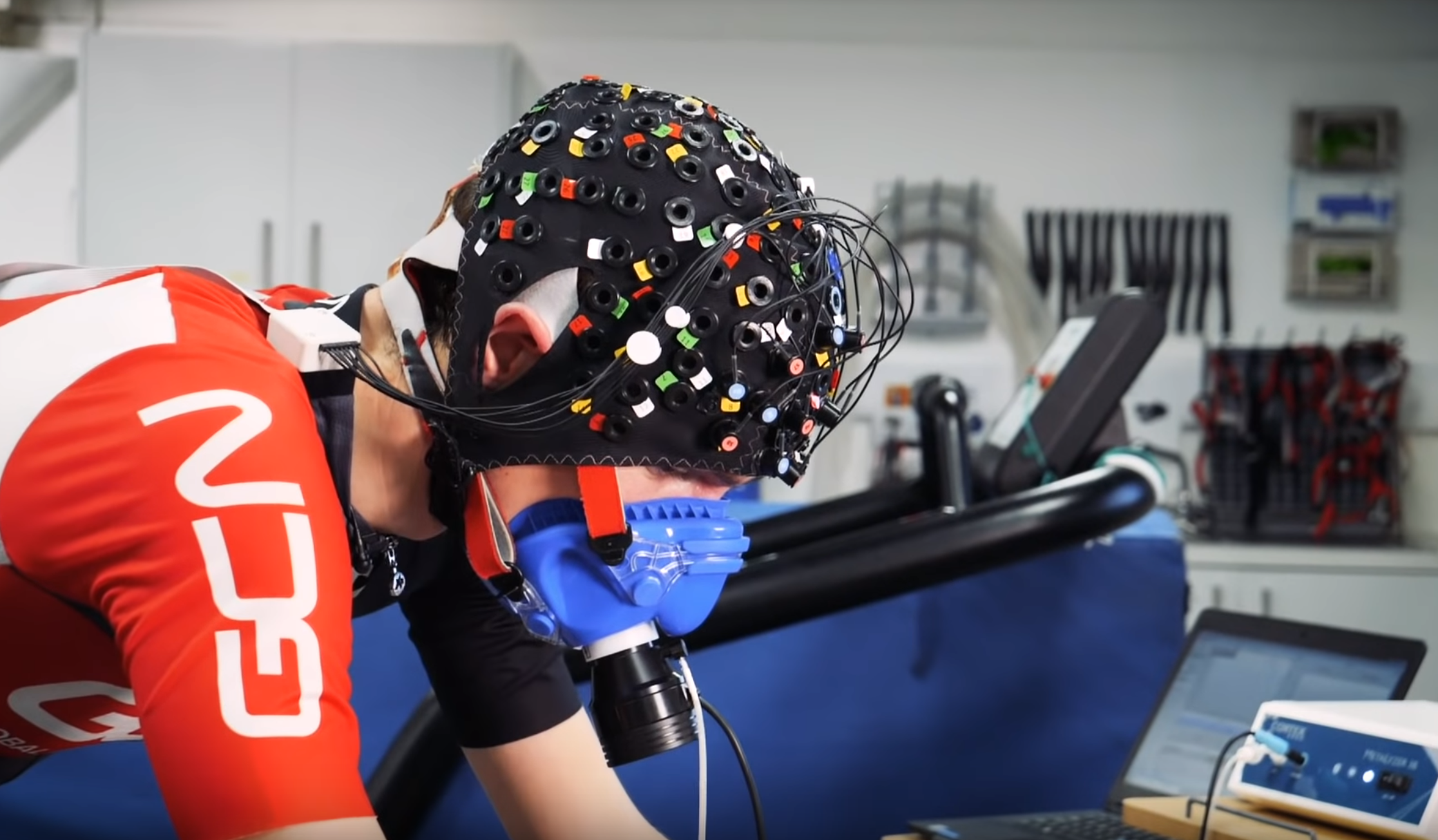by Dr. Alexander von Lühmann
What is High-Density fNIRS and Diffuse-Optical Tomography, and why should we care?
In recent years, we have witnessed a comeback of High-density fNIRS studies. Dr. David Boas discusses the recent advances and perspectives in this 2 part-webinar.
HD-fNIRS can improve spatial resolution, depth, and lateral specificity, and can enable image reconstruction of cerebral activation (Diffuse Optical Tomography, DOT).
DOT fNIRS research was initially only done by a small number of experts in the field because it requires special infrastructure, such as many channels, high dynamic range instrumentation, and photon migration simulation algorithms.
DOT fNIRS systems have become more accessible and open toolboxes make it much easier to perform image reconstruction of the data. Here’s a walkthrough of the NIRStoolbox by Dr. Theodore Huppert.
"What are the trade-offs to achieve high-density measurements?"
Excellent signal quality and a good sampling rate are basic requirements for fNIRS research, regardless of conventional or high-density measurements. To achieve high-quality recordings, a trade-off between several challenges has to be addressed:
A high dynamic range is needed to measure channels at short and long source-detector distances. Long channels need brighter sources to see good signal, but brighter sources can saturate short channels, reducing signal quality.
With multiple sources closely packed, avoiding crosstalk is a must. Pure time-multiplexing (turning one source on at a time) in a high-density setup reduces the sampling rate.
The new Aurora: Multi-Level Illumination and Extended Frequency Encoding
We solved these issues above by unlocking two powerful new features of the NIRSport2 with Aurora: Multi-Level Illumination (MLI) and Extended Frequency Encoding (EFE).
Multi-Level Illumination now enables each source to be used multiple times with different intensities in the same measurement cycle.
This way, optimal signal quality can be achieved despite differences in source-detector distances between channels! The result: optical signal quality at an even higher dynamic range, locally optimized.
Diagram showcasing one use case of the MLI feature. If a source has channels at short distances (e.g. <20 mm short separation channels) and at long distances (e.g. usual >30 mm channels), detectors that are too close to a light source might be “blinded” by the amount of light needed to reach the longer channels. By splitting the source illumination sequence into two parts with different light levels, it is possible to first: (A) use lower-powered light to optimally reach detectors at shorter distances; and then (B) use higher-powered light to optimally reach detectors at longer distances.
Extended Frequency Encoding increases the number of simultaneously used frequencies for signal (de)modulation from two to eight.
What does this mean? More sources close by one another can be turned on at the same time without affecting signal quality by creating crosstalk. This saves precious time switching steps and therefore doubles the available sample rate.
Smart Optimization feature: Both MLI and EFE do not have to be configured by the user.
If enabled, our new Smart Optimization feature automatically figures out the best signal quality and sample rate that can be achieved with your montage.
In summary: Your NIRSport2 gets an upgrade for high-density and higher sample rates, both without making any compromises on the outstanding signal quality that the system is known for. We further empower you to perform DOT fNIRS-based tomographic image reconstruction within our NIRSport2 platform.
Get in touch with us at consulting@nirx.net to find out more




